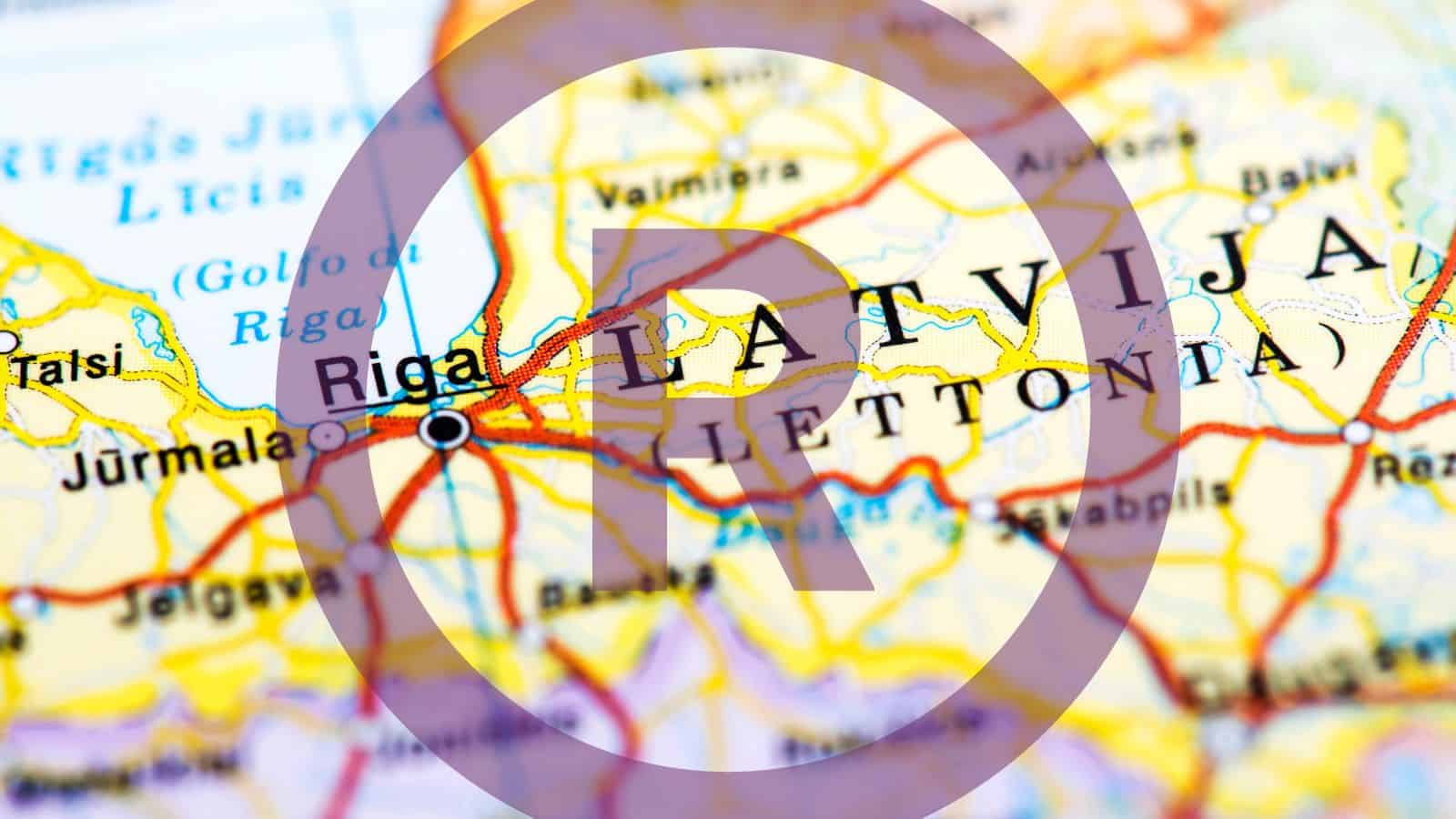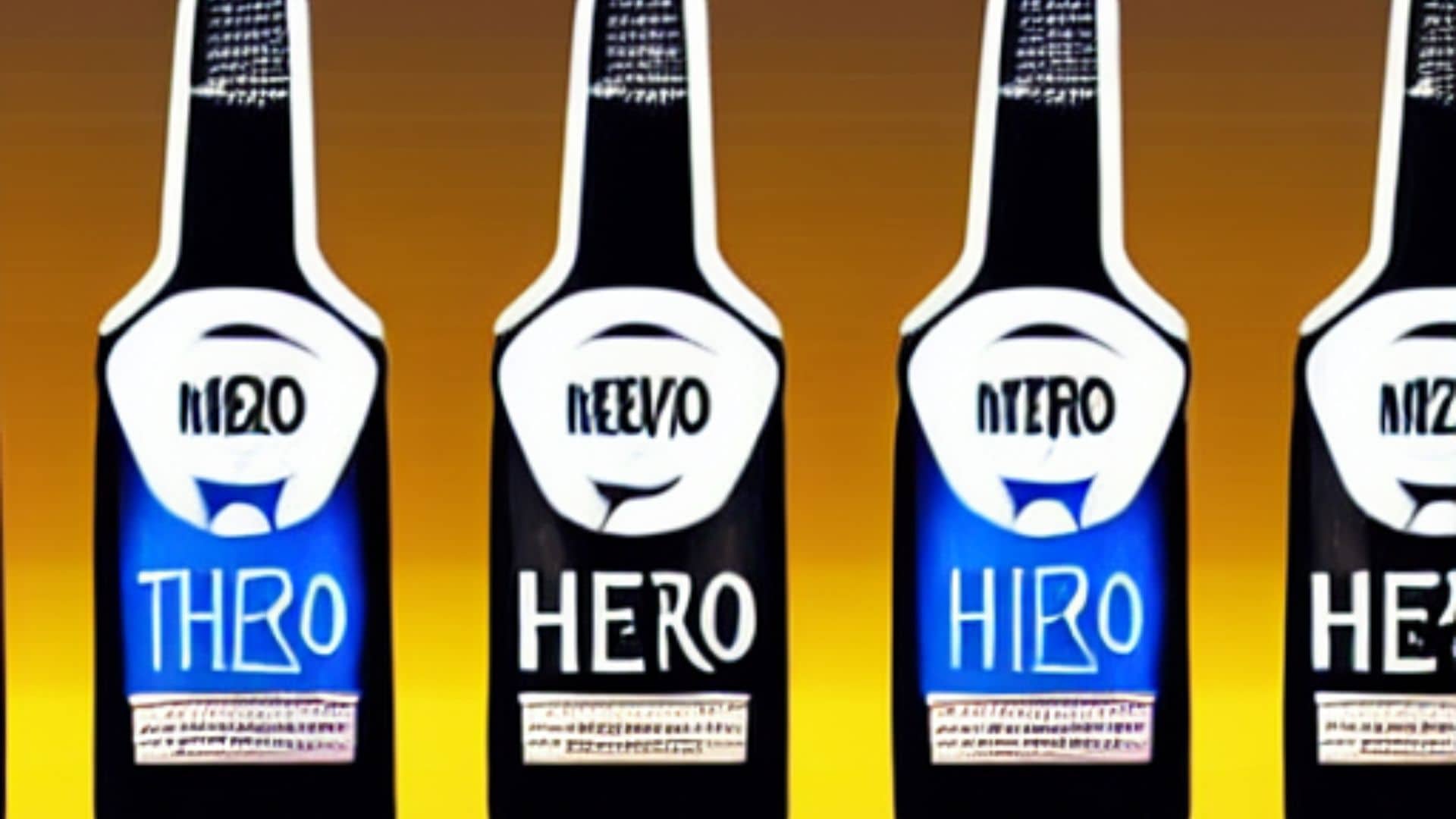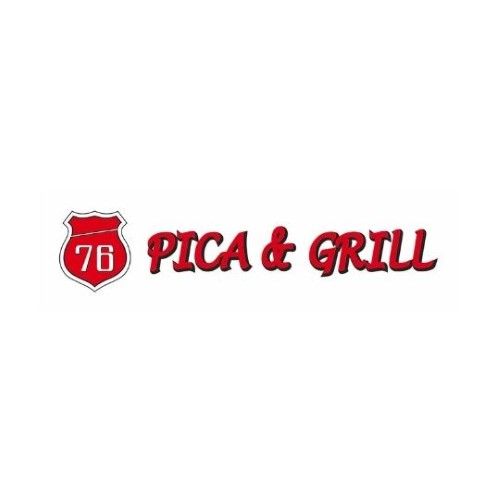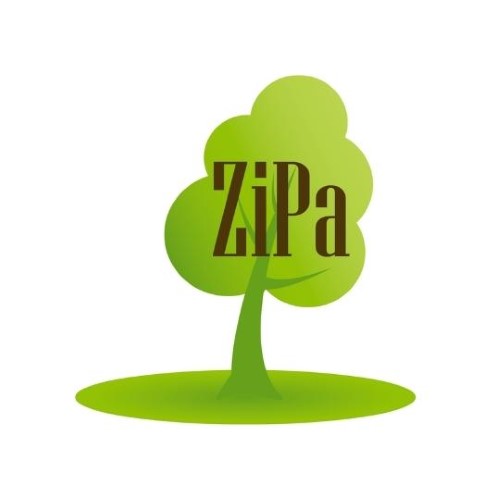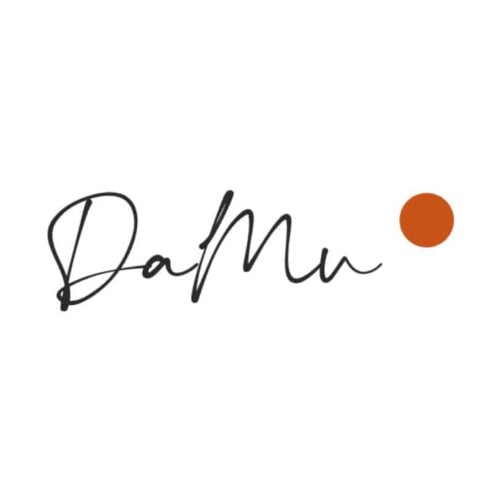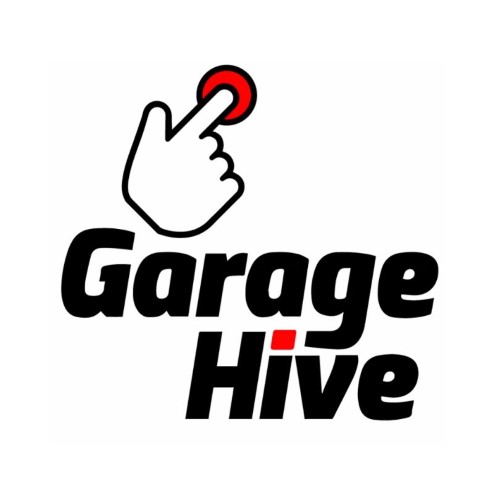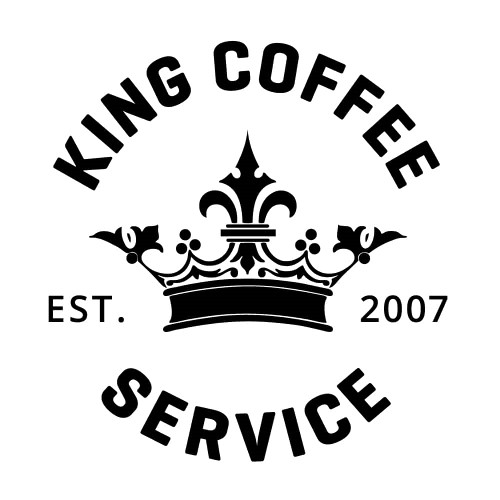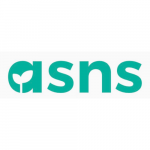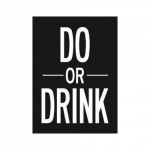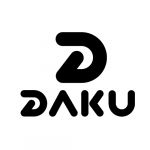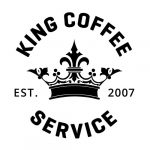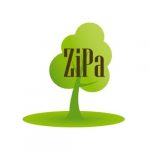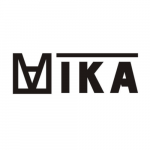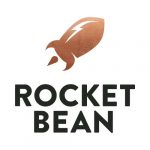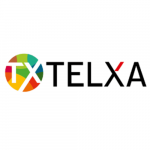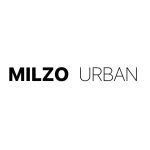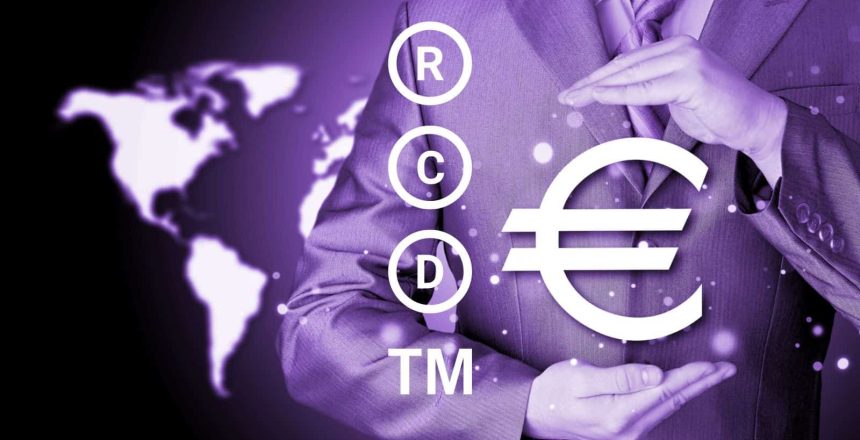Before applying for new trademark registration and even before any investments in the trademark name and design, it is highly recommended to do the PRIOR RIGHT SEARCH. The search should be conducted in all the territories you are interested in having a business now, and possibly also in the future.

To conduct trademark search you can use various official and unofficial sources, depending on the territory you are interested in. But first, you have to understand the search criteria. There are almost 50 000 new trademark applications filed in the world every working day + there are many trademarks used without the registration.
Not every in some way similar trademark is competing with you, so you have to narrow the criteria according to your specific case. The most important step is to define the territory (countries) where you are planning to use the trademark, as well as to define the goods and services your trademark will be used for.
Where to search?
There are specific trademark registers and databases. Many registers are overlapping. For safety reasons, I am checking them all, and am advising you to do the same! Links to the most frequently used trademark search databases you can find here.
Most of the trademark databases are free, but there are some countries where you have to pay to access the data. If you are not sure, which databases to use, send us a question, describing your specific situation!
Also, I would advise you to check through the Google search (and other internet search engines) too. In case you find some similar brands and logos, which could be confusingly similar to your trademark and are used in the same field (similar goods or services) and the same territory, be aware and dig deeper.
It is advisable to consider unregistered prior rights as well, as owners of those brands and trademarks can oppose to the registration and use of your trademark as well. Just for the owners of unregistered rights, the opposition procedure will be more complicated and expensive. And this is just another reason, why you should register your trademark.
EXAMPLE:
If you are planning to register a trademark in the European Union, you should check all the current National, Regional and International trademark applications and registrations in the following registers:
1. European Union’s Trademark database (eSearch plus).
2. National trademark registers of all EU countries, which can be done through the TM View database.
3. International trademark register, to find registrations designated to the European Union and each of the EU countries separately.
When working with trademark databases we would advise to pay your attention to:
1. All identical trademarks in all classes of goods and services in the relevant territory
2. All similar trademarks when the goods and services are similar. Note that sometimes goods and services can be considered as similar even when they are not in the same class.
3. Check existing trademark registrations, applications, and even recently expired registrations, because in most territories owner can base the opposition not only on unregistered rights but even on the trademarks which have expired up to two years ago.
4. Check if the trademark has a meaning in the relevant territory (so that it is not descriptive to goods or services in the local language, or rude in the local language, or maybe similar with a prior trademark which has the same meaning in the local language)
In the case, your trademark is a unique, quite long combination of letters which has no meaning in any of languages, and official databases and internet search engines don’t reveal anything even closely similar – CONGRATULATIONS!
If the search reveals even slightly similar trademarks, you will have to dive deeper into this subject…
What to search for?
The best way to narrow down what to search for is to understand what are relative obstacles for the trademark registration and use.
Your trademark registration can be opposed based on the identity or similarity with the earlier trade mark when goods or services are similar, or based just on a similarity of signs when the prior trademark is claiming to have a reputation.
An opposition can be found based on prior registered rights as well as on unregistered rights in the given territory.
Understanding of the general rules can give you a hint ‘WHAT TO SEARCH FOR?’
The search should be conducted in the relevant territory, among the active trademark registrations, applications recently lapsed trademarks and also the unregistered rights as far as it is possible.
Advisable is to check the domain name database, companies registers as well as registers of pharmaceuticals and food supplements if the trademark you are intended to register is in the pharmacy related field.
Search results should reveal all the identical and similar trademarks where the goods and services are identical or similar. Search should also reveal identical and similar trademarks when the goods/services are not similar if the earlier trademark couldn’t be found as one with the established reputation.
IN THE CASE OF ARGUMENTS:
Trademark offices and courts most heavily consider two factors:
1. How similar are trademarks
2. How similar or related are goods and services
Other factors to take into consideration determining similarity are:
1. Whether the prior trademark is with the reputation (is it well known)
2. How similar are trade channels
3. The consumer’s opinions (pools)
What to do when similar trademarks are found?
If you have found similar trademarks in the registers, it is not the end of the world!
You should check how similar/connected are goods, maybe it is possible to find out if the owner is using this trademark with regards to goods you are interested in. Also in most countries, if the trademark is not put in a genuine use after the 5 years since the registration, there is a chance to file for the cancellation of the prior mark.
There are several strategies and tactics to deal with unpleasant search results. Based on how important for you is to register exactly this mark, you can consider the strategy. For example, you can contact the owner of prior rights and have consent, or choose the different trademark, or hope that there will be no opposition, or hope that in case of opposition you will reach the agreement, or even win the case.

When you do the trademark prior right search ‘NOTHING FOUND’ is great news!
We wish you success and great news in the trademark search!
In case you need professional help with a search, we are here to help so that you can save your time & energy for doing the things you are the best at!


